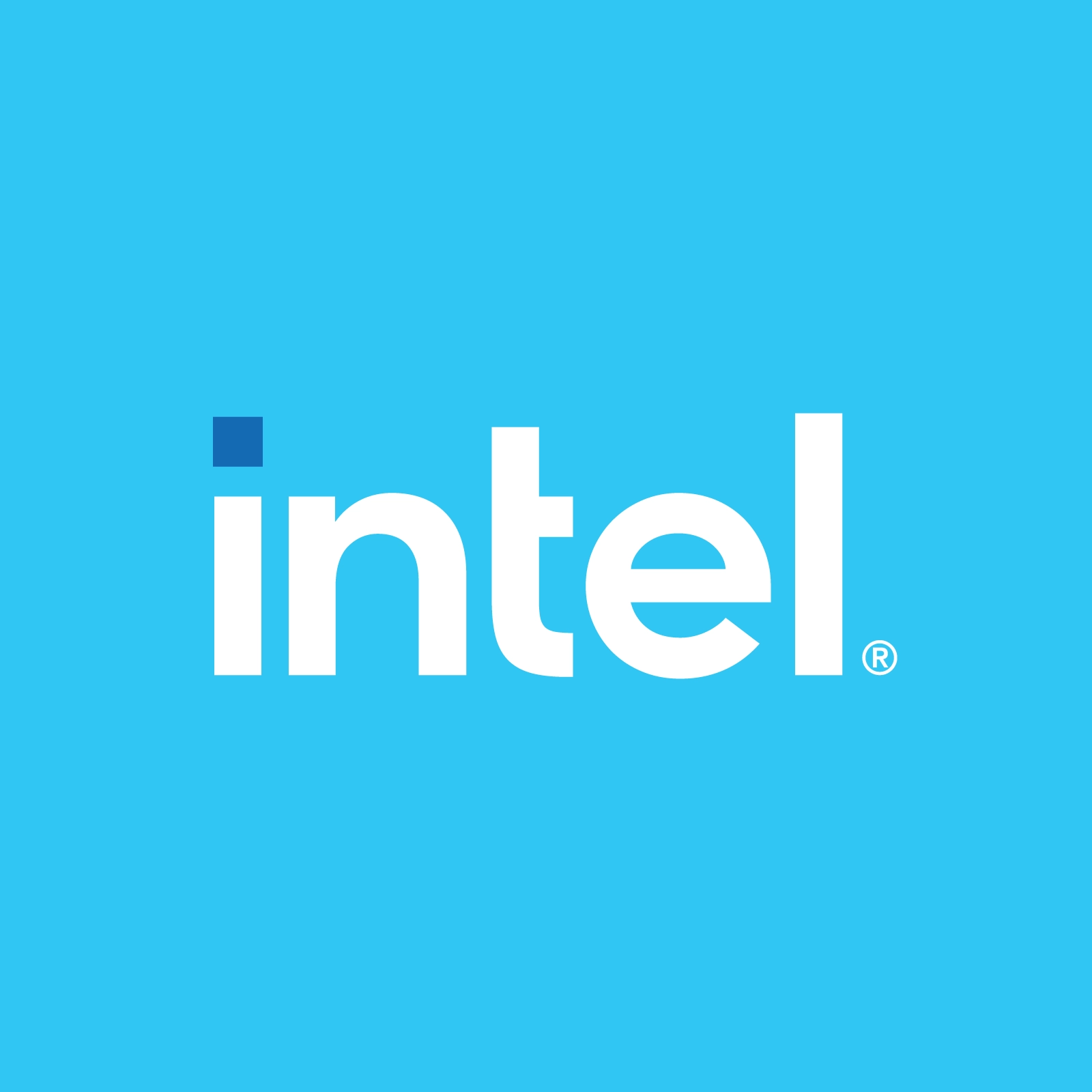Modernizing Power Grids Using Intelligent, Data-driven Technologies at the Edge
Fueled by increases in ecommerce and the number of devices that require electricity, the demand for reliable, renewable, and sustainable sources of electricity is increasing worldwide. In this episode of “To the Edge and Beyond,” Intel’s Adam Berniger and Prithpal Khajuria join Justin Honore to discuss the challenges facing energy producers and how Intel, working with public and private partners, is creating an ecosystem of solutions to meet those challenges.
“Current energy grids are static,” says Khajuria. “In order to make use of renewable energy sources such as wind, solar, and water, they must become dynamic – meaning flexible and responsive to fluctuations in demand. The way to accomplish this is by injecting intelligent, data-driven technologies into the system.”
Adman Berniger, whose job involves blending innovation and analytics to develop effective solutions for Intel customers, agrees. “The need to modernize is pressing. By making use of technologies that enable us to store, predict, and shift energy to where it is needed at any given time, we can take advantage of the variable resources that are coming on board,” says Berniger.
When Khajuria and Berniger talk about intelligent, data-driven power grids, they are referring to three things:
- Bringing compute power to the edge so that data can be collected, analyzed, and used to make informed decisions about when and where energy is used;
- Creating more multi-functional devices capable of virtualization; and
- Connecting unconnected devices and data sets so that information and energy can be shared.
“The good news is that most of the technologies required for modernization have been around on the IT side for several decades,” says Berniger. “Intel is collaborating with both the public and private sectors to take advantage of proven technologies and establish best practices.”
Creating this ecosystem of partners is enabling energy producers to modernize their own infrastructures and resulting in innovative solution sets that might not otherwise have emerged. “Intel brought the whole ecosystem together,” Khajuria adds. “We’ve worked with hardware manufacturers to build rugged servers, software developers to build programs for those servers, and OEMs to bring their appliances to the edge.”
“This is really an exciting time to be working in the power industry,” says Berniger. “Industrial edge compute is finally coming of age.”
Connect with Adam Berniger and Prithpal Khujaria on LinkedIn.
To learn more about Intel’s Smart Energy IoT solutions visit: Intel.com/Energy
Subscribe to this channel on Apple Podcasts, Spotify, and Google Podcasts to hear more from the Intel Internet of Things Group.




